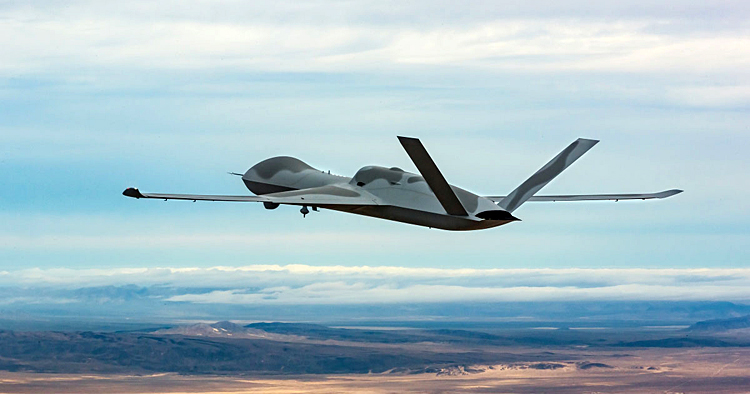INDIAN ARMED FORCES CHIEFS ON OUR RELENTLESS AND FOCUSED PUBLISHING EFFORTS

The insightful articles, inspiring narrations and analytical perspectives presented by the Editorial Team, establish an alluring connect with the reader. My compliments and best wishes to SP Guide Publications.

"Over the past 60 years, the growth of SP Guide Publications has mirrored the rising stature of Indian Navy. Its well-researched and informative magazines on Defence and Aerospace sector have served to shape an educated opinion of our military personnel, policy makers and the public alike. I wish SP's Publication team continued success, fair winds and following seas in all future endeavour!"

Since, its inception in 1964, SP Guide Publications has consistently demonstrated commitment to high-quality journalism in the aerospace and defence sectors, earning a well-deserved reputation as Asia's largest media house in this domain. I wish SP Guide Publications continued success in its pursuit of excellence.
- Prime Minister Modi Visits Punjab’s Adampur Air Base, Interacts with Airmen after Successful ‘Operation Sindoor’; Stern Message to Pakistan
- The layered Air Defence systems that worked superbly, the key element of Operation Sindoor
- Operation Sindoor | Day 2 DGMOs Briefing
- Operation Sindoor: India strikes back with Precision and Purpose
- Operation Sindoor: Resolute yet Restrained
- India’s Operation Sindoor Sends a Clear Message to Terror and the World – ‘ZERO TOLERANCE’
- Japan and India set forth a defence cooperation consultancy framework, talks on tank and jet engines
- Terrorist Attack in Pahalgam in Kashmir: Unfolding a long surgical war against PAK
- Lt General Pratik Sharma takes over Command of Indian Army's Northern Command
Newest Groundbreaking GA-ASI Autonomous Jet Demo Includes Successful Simulated Shoot-Down

General Atomics Aeronautical Systems, Inc. completed a first-of-its-kind test involving multiple aircraft and advanced software on June 11 that included a successful simulated autonomous shoot-down.
A GA-ASI-owned MQ-20 Avenger® unmanned jet used the latest government reference autonomy software in an exercise involving multiple live and virtual aircraft – as well as software supplied by Shield AI.
Because software-defined mission capabilities are evolving so fast, it's critical that aircraft hardware be agnostic as to the origins of these upgrades. GA-ASI's flights have underscored how compliance with what are called "government reference architectures" enables essential interoperability for hardware and software.
In the latest exercise, the MQ-20 Autonomous Collaborative Aircraft demonstrated that it could marshal; do dynamic midair station-keeping with several real aircraft; patrol a simulated combat area; make decisions autonomously; team with human command-and-control; and intercept two live aircraft autonomously – resulting in a simulated successful missile shot against the live targets.
The "live-on-live" event using representative Group 5 unmanned aerial vehicles (UAVs) proved how mature autonomy is today for future platforms.
"This event reflects the kind of interoperability and adaptability we believe is essential for future autonomy efforts," said Michael Atwood, Vice President of Advanced Programs at GA-ASI. "Being able to rapidly integrate and test autonomy elements from multiple vendors helps ensure the most effective capabilities are available to the warfighter, regardless of origin."
Another feature of the test was a mid-flight transition from the government-provided suite of software to Shield AI's Hivemind autonomy software, which subsequently performed a similar mission profile. This rapid switch aboard the MQ-20 took place without affecting aircraft stability or mission continuity. This demonstrates how standardized reference architectures are streamlining hardware and software integration, even from different vendors.
The test offered meaningful implications for the future of autonomy development. By adhering to a shared reference architecture, this model supports a flexible autonomy "app store" concept. It allows the government to incorporate capabilities from a broad vendor ecosystem without being tied to any single supplier. It promotes modularity, supports ongoing innovation, and enables more rapid deployment of autonomy features that align with the speed and agility often seen in commercial software development.
GA-ASI has proven all this over a series of groundbreaking test events. The latest on June 11 underscored the ability of the government's reference architecture to shorten integration timelines, avoid vendor lock-in and enable flexible autonomy solutions that can scale and adapt as mission needs evolve.





